Imaging
We produce preliminary maps instantaneously in the field. This allows for immediate sample targeting and investigation. The maps are georeferenced for instant positioning on mobile devices.
An important aspect of delineating anomalous regions during a survey is closure. Closure means that the surveyed area is extended in all directions until background (i.e. naturally occurring) levels are attained. Closed anomalies yield complete images of the impacted areas.
Our geophysical instruments are GPS synchronized for rapid data acquisition and images are immediately generated in-field. GPS synchronized geophysical data are imported into a Geographic Information System (GIS). GIS software allows the information to be georeferenced and graphed. Gridding algorithms interpolate levels between sample points to produce an image.
Maps are projected in Universal Transverse Mercator (UTM), so that distances are expressed in meters. These features make the maps easy to interpret and georeferencing allows for instant positioning on mobile devices. Site features are surveyed, drafted and included as an overlay on all maps. We also overlay sample points and walking lines to facilitate interpretation.

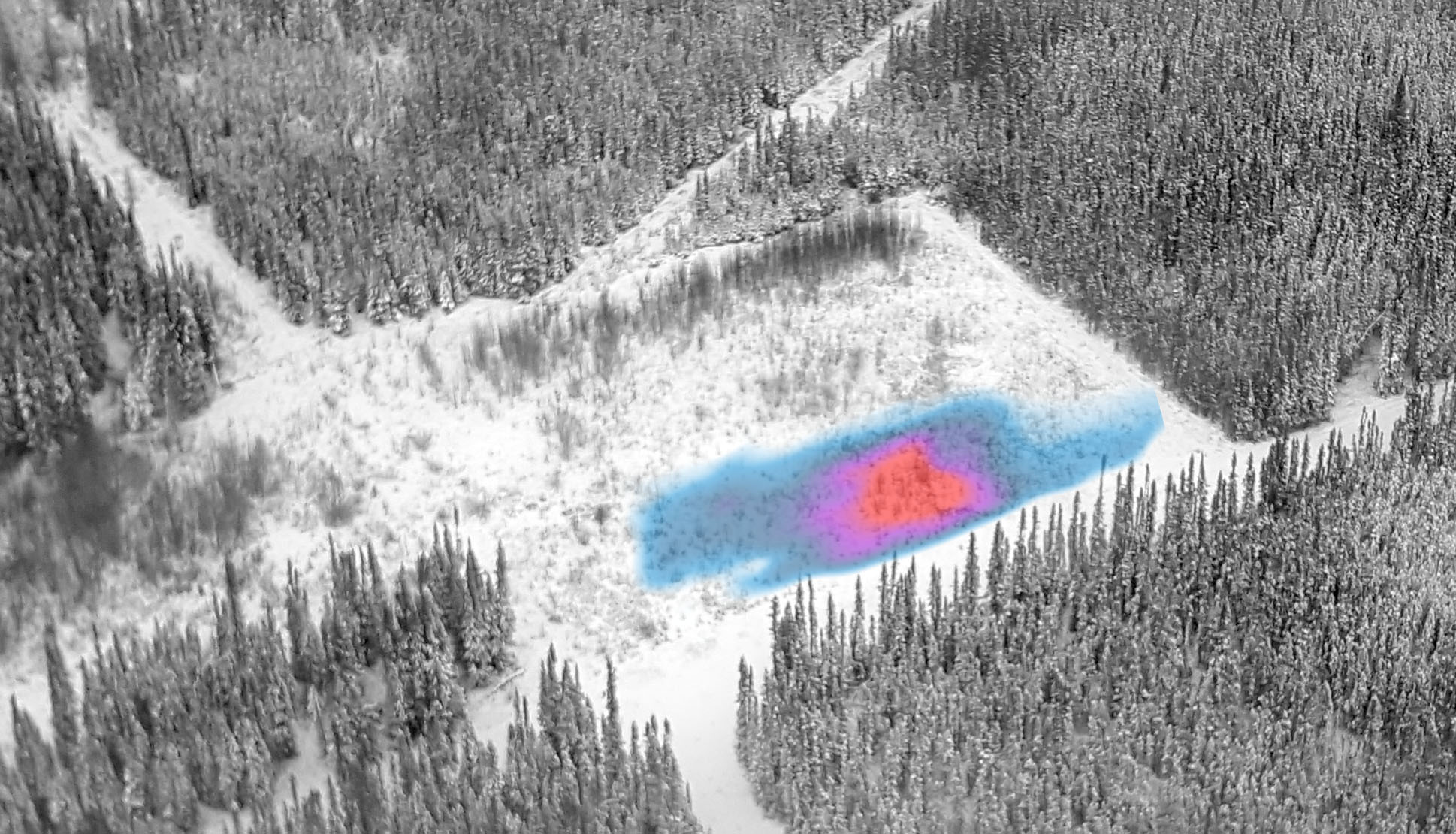
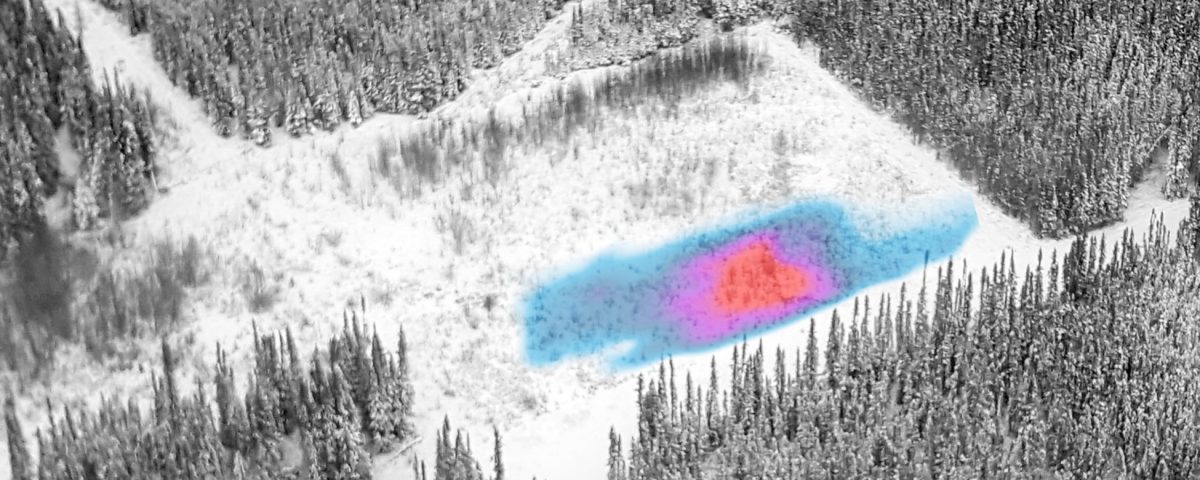
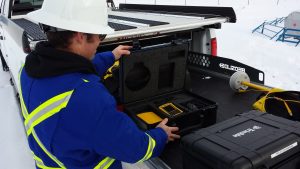 Satellite Navigation
Satellite Navigation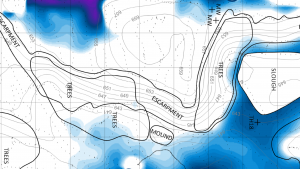
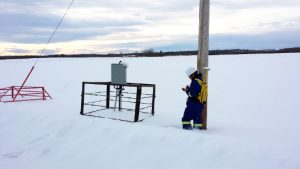 Altitude Positioning
Altitude Positioning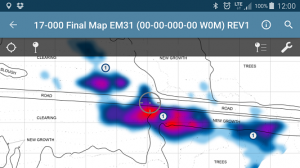 Georeferencing
Georeferencing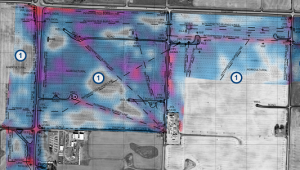
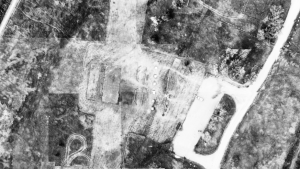 Orthomosaics
Orthomosaics